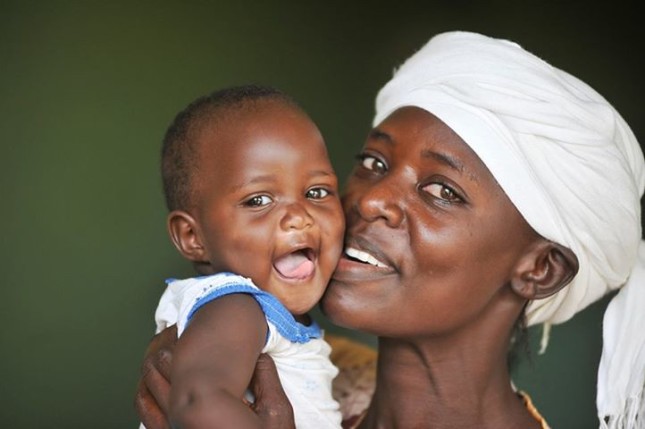-
New Report: Six Steps Towards Ending Preventable Maternal Mortality

In Six Steps Towards Ending Preventable Maternal Mortality, Sarah B. Barnes, Project Director of the Maternal Health Initiative, Geeta Lal, Senior Technical Advisor at the United Nations Population Fund (UNFPA), and Elizabeth Wang, Staff Intern at the Maternal Health Initiative, discuss suggested steps to prevent avoidable maternal deaths, globally.
Every day, 830 women around the world die from pregnancy or childbirth-related complications, the vast majority of which are preventable, write Barnes, Lal, and Wang. Although 99 percent of maternal deaths occur in developing countries, it is still a global concern. In the United States, maternal mortality rates are even on the rise.
Six Steps Towards Ending Pr… by on Scribd
Interventions must focus on how we, as a society, can reach the most vulnerable women and girls, fulfill their family planning and reproductive health needs, and guarantee their rights to care. Additionally, “health services must adapt to women’s evolving health needs,” the report says, “and address issues from vaccinations, puberty, pregnancy, and childbirth to non-communicable diseases, menopause, and old age.”
A key component of addressing health needs is the dissemination and utilization of pertinent information. A robust comprehensive sexuality education program supports young people to foster healthy relationships with their own sexuality and with their sexual partners. Additionally, experts are calling on the global community to pay closer attention to the “obstetric transition,” or the shift to more women globally dying from indirect causes that affect their pregnancies and childbirth, such as hypertension and cardiovascular diseases, and fewer from direct causes during labor.
In regard to the quality of health services, “each year, seven million women in developing regions are admitted to hospitals for complications from unsafe abortion,” the report says. And these are just the ones arriving at health centers. While the politics surrounding abortions are sensitive, the positive effects of supportive laws, quality post-abortion care, and access to contraception on women’s health are indisputable.
Finally, the report emphasizes the need for accountability to strengthen health systems, for accurate and robust documentation, and for investment in women and children across all sectors—not just health, but also education and finance. Improvements in one area of health will occur simultaneously with improvements in many others.
Given the current state of global maternal health, the report recommends the following six steps to end preventable maternal mortality:
- Take a rights-based approach to women’s health.
- Follow a holistic life-cycle approach to woman-centered care, from adolescents and youth, to spacing and limiting births, to reproductive health issues ranging from sexually transmitted infections and HIV prevention to cervical cancer and other diseases of the reproductive tract.
- Pay attention to emerging issues: comprehensive sexuality education and non-communicable diseases.
- Acknowledge the impact of unsafe abortions and promote quality post-abortion care.
- Ensure accountability at all levels and focus on data collection, disaggregation, and reporting.
- Do not silo investments in women and newborns.
Read More:
- How much does it cost to save a mother’s life?
- The three delays of maternal mortality cause hundreds of preventable deaths every day
- Patricia Da Silva: ‘The time is now’ to accelerate progress for sexual and reproductive health and rights
Sources: Doctors Without Borders, The Maternal Health Task Force at the Center of Excellence in Maternal and Child Health
Photo Credit: Riccardo Gangale, USAID Kenya
 A Publication of the Stimson Center.
A Publication of the Stimson Center.






